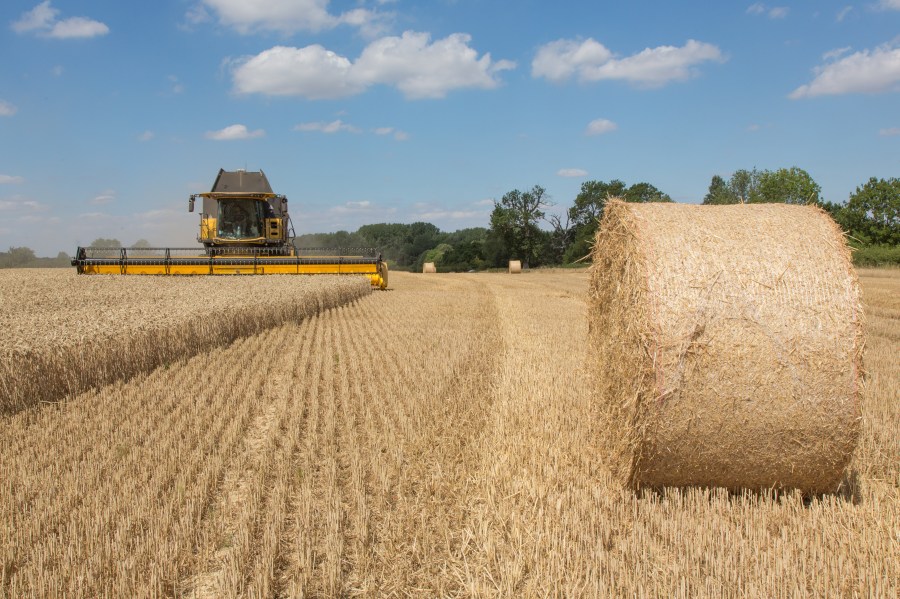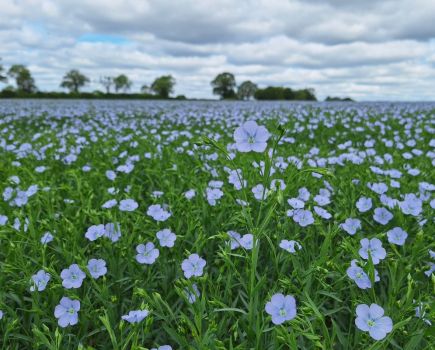Researchers have uncovered new evidence about the important process of vernalisation, in a development that could help farmers deal with financially damaging weather fluctuations. CPM reports.
For decades, vernalisation (when plants require prolonged exposure to cold before they move from a vegetative state to growth) has been a key research focus.
But how vernalisation might work under variable temperatures in the field has been unclear, as have some of the underlying molecular controls of the process.
However, research carried out by John Innes Centre scientists and colleagues in Hungary and France shows that vernalisation is influenced by warm conditions as well as cold, with a much wider temperature range than previously thought.
Led by Dr Laura Dixon, the study began as an exploration into how varying ambient temperatures might influence flowering regulation in winter wheat. But it unexpectedly uncovered an “extreme vernalisation response”.
“We have shown that vernalisation responds to warmer conditions than those classically associated with vernalising,” said Dr Dixon.
“Before this study we thought vernalisation only happened up to a maximum of about 12°c, but the true temperature is much higher. This information is immediately useful to breeders.”
Gene analysis
The researchers exposed 98 wheat cultivars and landraces (ancient varieties) to temperatures ranging from 13°C to 25°C in controlled environments.
Normally, once the vernalisation process completes, plant growth is accelerated under warm temperatures. But the team identified one cultivar, named Charger, which did not follow this standard response.
Gene expression analysis revealed that the wheat floral activator gene (VRN-A1) was responsible for this trait.
Further experiments showed that genes that delay flowering are reactivated in response to high temperatures (up to 24°c), demonstrating that vernalisation is not only a consequence of how long the plant experiences continuous cold.
The study, published in the journal Development, highlights complex workings of a genetic network of floral activators and repressors that co-ordinate a plant’s response to a range of temperatures.
It also found that the Charger cultivar is an extreme version of a response to warmer temperatures that may be prevalent in winter wheat cultivars.
The team is now looking to provide diagnostic genetic markers which will allow breeders to track the allele responsible for this warm-temperature vernalisation trait.
They also hope to use their new knowledge of warm weather interruption to reduce the length of vernalisation in the breeding cycle, so that new wheat lines can be generated more quickly.
“To understand the vernalisation response in agriculture we must dissect the process in the field and under variable conditions,” explained Dr Dixon. “The knowledge can be used to develop new wheat cultivars that are more robust to changing temperatures.”




